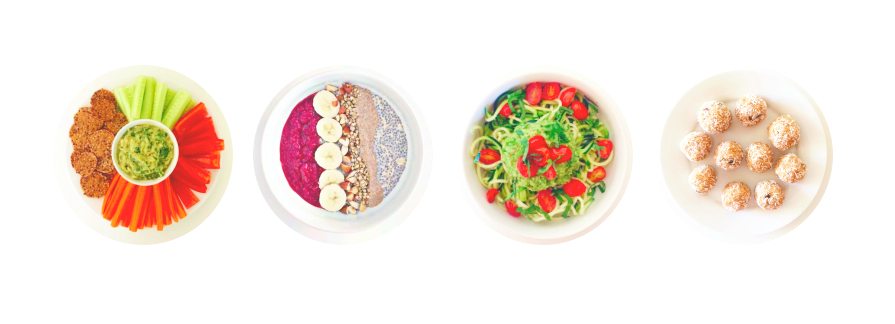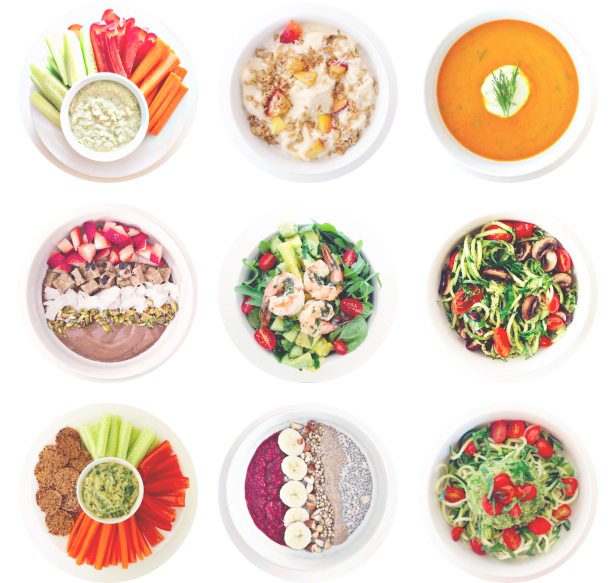Superfood or superflop?
Jasmine Johnson delves into the world of superfoods to sort the quinoa from the chaff.
Travelling back to campus at the start of term three, I realised that I was way behind track on achieving what I had planned just five weeks previously. I had spent little time exercising, made a poor effort in updating my personal blog, and most importantly, I had completed an embarrassingly minute amount of revision in preparation for what I then realised to be a horrifyingly stressful run-up to end of year exams. On the plus side I had successfully put my student loan to its intended use, as per usual, running up a bill on clothes, new piercings and other unnecessary non-academic related purchases. But one transaction on that bill was very unlike my usual charges.
During one my many days of procrastination, scrolling the day away, I noticed the constant recurrence of professionally composed Instagram photos and enthusiastic blog posts praising the almightily power of those worshipped by the names of as chia, flax and quinoa. These so called ‘superfoods’ were all attributed with undeniably attractive benefits such as glowing skin, better brain activity, weight-loss and all round general wellbeing. Knowing that the previous two terms of cheap vodka and £1 Jagerbombs, combined with heavenly post-Kasbah burgers had done little to benefit my health I could see no better time to start providing myself with a little more TLC than in the run up to exams and summer.
Starting with what I found to be the most raved about product on the list, I began my new, improved diet by preparing a breakfast dish named chia seed pudding the night before. Chia seeds are tiny seeds that can be either black, white or dark brown. They are a great source of omega-3 fat which is ideal for increasing brain activity during revision sessions and is also conducive to gloriously glowing skin. Having no flavour, they are promoted as being an easy addition to other dishes; to thicken up fruit smoothies, sprinkle onto salads, or throw in with other healthy snacks.
I couldn’t help but notice how closely the pudding resembled frog spawn.
The chia-seed pudding I had prepared was intended to be a low-calorie, no-carb alternative to porridge. It is best made with either low-fat or almond milk and is meant to be delicious when paired with chopped fresh fruit and vanilla essence or honey. After sitting in the fridge overnight, or at least for a few hours, the seeds absorb the surrounding liquid and plumpen up, making it a filling dish to start the day. On first sight I, and my unsympathetic flat-mates, couldn’t help but notice how closely the pudding resembled frog spawn. Having used the black variation, the seeds had absorbed the milk and developed into a clear-ish gel like consistency with black speckles. On first taste, it diverged little from how I would have imagined its resembler to. The thick, cold, slimy texture did little to make the dish enjoyable and was only just bearable when combined with the fruit. On first impression I was greatly disappointed by this, and quickly returned to a more satisfying bowl of porridge and banana.
While porridge is a good source of slow releasing energy, it can’t even compete with the levels of fibre and protein provided in its chia alternative. Acknowledging this, I decided to try the second item on the superfoods list. Flaxseeds, in a milled form, are perfect for mixing in with a bowl of porridge and giving a significant boost in nutrients without changing the taste or texture. The flaxseeds I purchased were a part of a multipack of sachets including variations of milled superfoods including shelled hemp, sunflower seeds and goji berries – all of which are applauded in the health-junky world for being fantastic sources for essential acids that our bodies cannot naturally produce. These are also great sources of additional protein for those on vegetarian or vegan diets. The best thing about the content of these sachets is that they can be added to not only porridge but soups, wraps, stir-fry’s, pasta and couscous.
The topic of couscous brings me to my final and most favoured dietary update. Taking a similar appearance to couscous but differing in the fact that it is a seed rather than a grain (making it great for those on wheat or gluten free diets). Quinoa has a plethora of health benefits it contains more vitamins, nutrients and antioxidants than any other grain. Since first trying quinoa I’ve found myself using it as a substitute for pasta, couscous or rice in every dish I make. While it is extremely satisfying, often leaving me feeling full and with energy to work for many hours after, I am never left with the dreaded bloated feeling often followed from a serving of pasta or rice. Also, I have noticed my stomach has slightly reduced in size which is to my absolute pleasure in the run up to the festival season.
Since first trying quinoa I’ve found myself using it as a substitute for pasta, couscous or rice in every dish I make.
Admittedly all of these foods are a little hard to find, especially in and around campus which is why I bought all of mine in one bulk purchase online. Amazon is a great place to buy such things as they often sell them for a much cheaper, student friendly price. However, if you are trying these for the first time I would recommend visiting a health foods store like Holland & Barrett where you can buy much smaller packs, allowing you to trial these superfoods out before you invest.
While not all of these superfoods lived up to the hype in my personal opinion, they have definitely received a great amount of recognition elsewhere and the ones I tried – and still am enjoying – will definitely become permanent staples in my cupboard. I highly recommend trying at least one of these superfoods to appreciate the differences that a little change in diet can make.
Have a look at cleanfooddirtycity.com for some healthy recipe ideas.


Comments (1)